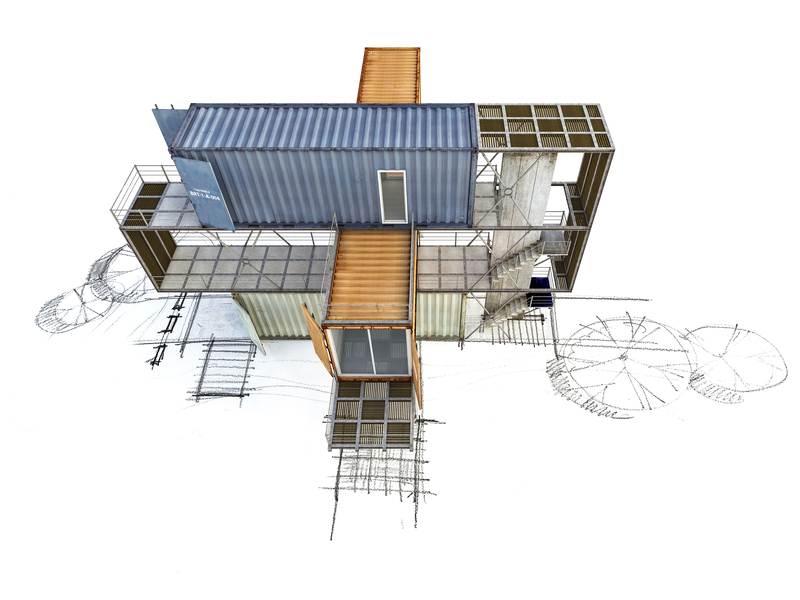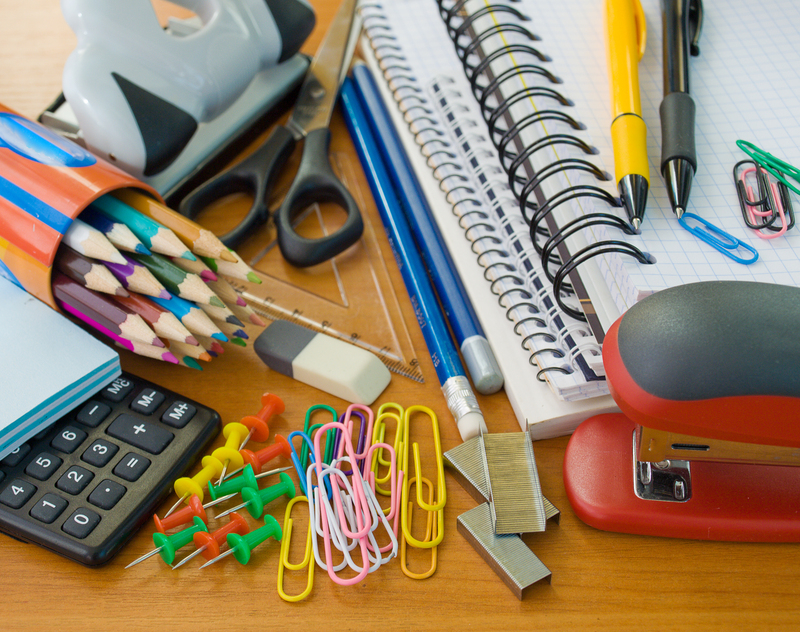The Art of Upcycling: Making Treasure Out of Trash
Upcycling is more than just a creative trend--it's a movement redefining our relationship with waste. Discover how transforming discarded materials into new, valuable items can spark creativity, reduce environmental impact, and add unique flair to your life. This comprehensive guide will illuminate the art of upcycling and how you can start making treasure out of trash.

Table of Contents
- What is Upcycling?
- Environmental Benefits of Upcycling
- Creative Upcycling Ideas for Home and Life
- How to Start Your Upcycling Journey
- Essential Tools and Materials
- Upcycling Success Stories
- Tips and Tricks for Successful Upcycling
- Conclusion: Embrace the Art of Upcycling
What is Upcycling?
While recycling breaks materials down to their raw form to create something new, upcycling focuses on transforming waste into products of higher quality or value than the original. Instead of letting items end up in the landfill, upcycling gives them a new lease on life--inspiring artistry and sustainability. In essence, it's about turning trash into treasure by reimagining its potential.
Upcycling vs. Downcycling
- Upcycling: Adds value, creativity, and often function to waste materials.
- Downcycling: Converts waste into lower quality or less useful products (e.g., turning paper into cardboard).
Upcycling is creative, eco-friendly, and invites us to see hidden value where others see garbage.
Environmental Benefits of Upcycling
- Reduces Landfill Waste: By reusing and repurposing, we keep countless items out of the dump.
- Conserves Resources: Less energy and fewer raw materials are needed compared to manufacturing new goods.
- Decreases Pollution: Minimizes air, water, and soil pollution caused by decomposition and manufacturing processes.
- Promotes sustainability and ecological balance in our consumption patterns.
- Inspires Environmental Awareness: Reminds us to be mindful consumers and responsible stewards of the planet.
The art of upcycling not only improves our environment but also instills a powerful message about consuming with care.
Creative Upcycling Ideas for Home and Life
Harness the magic of upcycling in your own space with these innovative ideas:
For the Home
- Furniture Facelifts: Give old dressers, tables, or chairs new life with fresh paint, decoupage, or fabric.
- Jar Transformations: Mason jars become charming vases, organizers, or lanterns.
- Pallet Projects: Wooden pallets can be upcycled into coffee tables, garden planters, or even outdoor sofas.
- Tin Can Makeovers: Turn empty cans into trendy pencil holders, lanterns, or planters.
Fashion and Accessories
- Denim Revamp: Convert old jeans into unique handbags, shorts, or organizer caddies.
- T-shirt Creativity: Repurpose worn tees into bags, braided rugs, or stylish headbands.
- Jewelry from Discards: Make earrings and necklaces from computer parts, keys, or bottle caps.
Gardens and Outdoor Spaces
- Plastic Bottle Planters: Ideal for growing herbs and flowers on balconies or windowsills.
- Tyre Swings and Pots: Used tyres are easily transformed into swings or colorful garden containers.
- Bird Feeders and Baths: Craft these from teacups, saucers, or unused kitchenware.
For Kids and Family
- Puzzle Piece Crafts: Old puzzle pieces become fun ornaments or fridge magnets.
- Cardboard Castles: Large boxes can be upcycled into playhouses or puppet theaters.
- DIY Art Supplies: Use leftover crayons, egg cartons, and bottle tops for creative projects.
How to Start Your Upcycling Journey
Embarking on an upcycling adventure is easier than it may seem. Follow these steps to start making treasure out of trash:
- Look with Creative Eyes: Assess items around your home or workplace for their upcycling potential. Ask yourself: "What else could this become?"
- Gather Inspiration: Browse sites like Pinterest, Instagram, or dedicated upcycling blogs for tutorials and ideas.
- Start Simple: Choose an easy project--perhaps turning a glass bottle into a vase or reupholstering a chair.
- Build Your Skills: As your confidence grows, try more complex projects involving power tools, sewing, or painting.
- Share and Celebrate: Post your creations online or give them to friends and family as meaningful gifts.
Remember, perfection isn't the goal--creativity and sustainable impact are what matter most in the upcycling process!
Essential Tools and Materials for Upcycling
For a thriving upcycling workspace, consider keeping these essentials on hand:
- Basic hand tools: Hammer, screwdrivers, pliers, and utility knife
- Adhesives: Strong glues, epoxy, hot glue gun, and tapes for bonding different materials
- Paints and brushes: Chalk paint, spray paint, primers, varnishes
- Sandpaper and cleaning supplies: To prep and finish surfaces
- Fabric remnants: For textile-based projects
- Sewing kit: Scissors, needles, thread
- Drill and small power tools: For more advanced projects
- Protective gear: Gloves, mask, and goggles
Tip: Always be resourceful - many upcycling projects can be completed with minimal tools, especially when you let creativity lead!
Upcycling Success Stories
The magic of making treasure out of trash has inspired countless individuals and businesses to innovate in sustainable ways. Here are a few remarkable successes:
1. The Story of TerraCycle
TerraCycle, a global leader in recycling the unrecyclable, began as a simple idea--turning worm waste into fertilizer using discarded plastic bottles. Today, TerraCycle upcycles all kinds of "waste" into new consumer products, from bags made of chip wrappers to park benches made from ocean plastic.
2. Maison Chateau D'Ax's Upcycled Furniture Line
This Italian furniture brand partnered with the fashion company Moschino to create luxurious home decor from discarded clothing and materials, proving that upcycled furniture can be both chic and eco-conscious.
3. Artists and Everyday Creatives
Around the globe, artists turn scrap metal into sculptures, skateboard decks into guitars, and old newspapers into fashion statements. Famous upcycling artists such as Jane Perkins (who uses discarded buttons and toys in her portraits) showcase the boundless possibilities in the field.
Tips and Tricks for Successful Upcycling
- Always Clean First: Properly wash and prep materials to ensure your project's durability.
- Stay Safe: Use appropriate protective equipment, especially when cutting or sanding.
- Think Outside the Box: The most unexpected combinations often result in the most stunning creations.
- Don't Discard Imperfections: Flaws add character and charm to upcycled items.
- Collaborate: Join local workshops or online communities to exchange ideas and skills.
- Upcycle as Gifts: Personalized, handmade items make meaningful, sustainable presents.
Remember: Upcycling is an evolving skill--embrace each learning curve and enjoy the creative journey!

Frequently Asked Questions About Upcycling
Is upcycling only for artists or creative people?
No! Anyone can upcycle. Creativity develops with practice. Start with simple projects--even repurposing a glass jar can spark inspiration.
Where can I find materials to upcycle?
- Your own home: empty containers, old furniture, worn clothes
- Thrift stores and flea markets
- Community recycling centers or freecycling groups
- Curbside "junk" or discarded items
How can upcycling contribute to sustainability?
By reducing waste, conserving resources, and lessening demand for new products, upcycling lessens our environmental footprint and fosters a circular economy.
Conclusion: Embrace the Art of Upcycling
The art of upcycling is an invitation to reimagine, reinvent, and revive what may seem useless. By embracing making treasure out of trash, we empower ourselves as creators and stewards of the planet. Whether you're crafting functional home decor, revamping old clothing, or inspiring your community, every upcycled creation is a step towards a more sustainable and beautiful world.
Start your upcycling journey today--because every piece of trash holds a hidden treasure just waiting for a creative touch!
